Last updated on October 7th, 2023 at 02:45 pm
Maybe you’ve been at the beach with the family and noticed people with long rods casting out into the surf, or watched fishermen wade out into the waves bobbing up and down in the surf and chunking baits.
Perhaps you’ve only seen surf fishing or beach fishing mentioned on fishing blogs or message boards, and wondered to yourself, “What is Surf Fishing”?
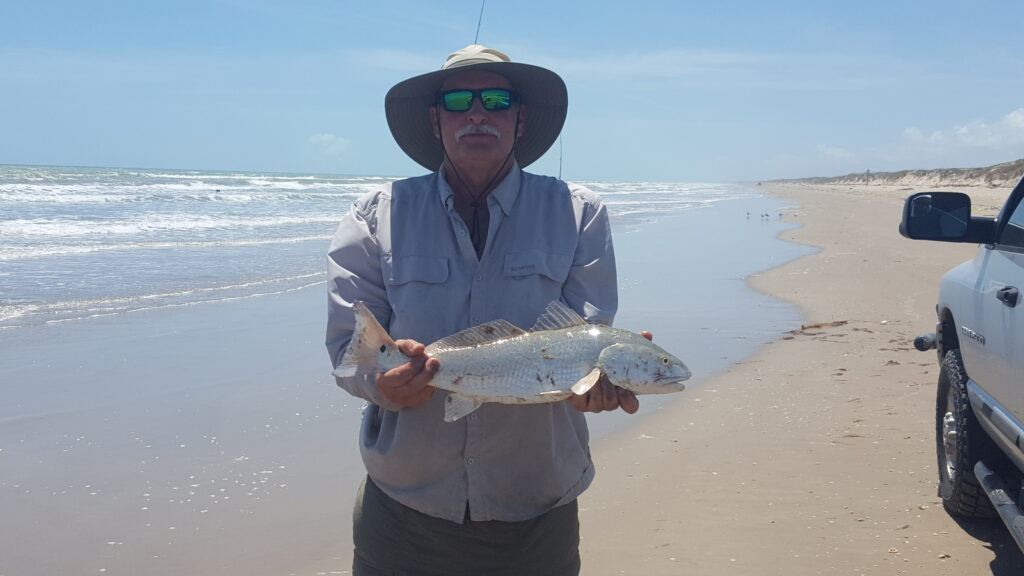
QUICK LOOK:
So, what exactly is surf fishing? In simple terms, it involves casting your fishing line into the surf, the area where the ocean waves break on the shoreline. This technique allows you to target a wide variety of fish species that inhabit the nearshore waters, from striped bass and redfish to flounder and snook. The surf provides a dynamic environment where fish gather in search of food, making it an ideal spot for anglers looking for an action-packed fishing adventure.
Fishing from the Beach
With over 12380 miles of coastline, the US has a multitude of public beaches and all of them have a variety of fish cruising the surf zone.
The beach is where the ocean meets the land, and likewise many ocean dwelling creatures. 😉
Fun for swimming, surfing, floating, or just relaxing and soaking, the surf can also be great fishing. Ocean breezes push waves up on the beach, this wave action is commonly called surf.
What is Surf Fishing?
Fishing on the coast in the surf zone, is called surf fishing. The surf can be fished in a variety of ways. With long rods casting out into the waves from the beach.
Wading into the waves and standing and casting. When the surf is calm, boaters will often make the run out to the beach front to get in on the action. You can even find public fishing piers, and jetties that extend out into the waves from the beach.
How to Surf Fish
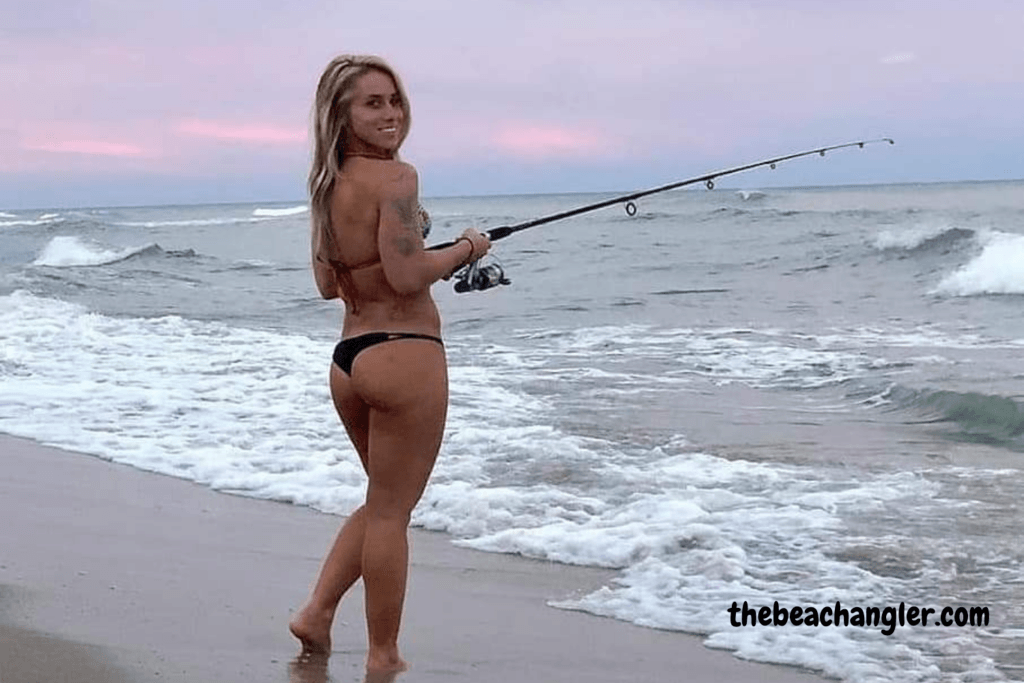
If you’re thinking of trying your hand and surf fishing, the first order of business is deciding where to go.
This will be largely dependent on your location, the time of year and how you will be fishing. Will you fish off the beach? Will you wade the surf and fish?
Would you prefer fishing the surf from a boat? Is the beach public access, and if so, can you drive on the beach or do you need to plan on carrying your gear yourself? Is there a beach front pier to fish from?
All important questions to consider when deciding where and when you would like to give this Surf Fishing a try. In this article we will keep it simple, we’ll delve deeper into gear, tactics and tips in future articles. One of the attractions of surf fishing, is that you don’t need a boat, which can get expensive not only to purchase, but to operate and maintain. This makes fishing from the beach much more economical and accessible.
Surf Fishing Tips and Techniques
Now that you have your gear ready, it’s time to learn some effective techniques to maximize your chances of success in the surf. Here are a few essential skills to develop:
The Art of Casting
Casting accurately and efficiently is crucial in surf fishing. Practice your casting technique to achieve longer distances and precision.
One popular casting method is the overhead cast, where you bring the rod back over your shoulder and then forward in a fluid motion, releasing the line at the right moment to achieve maximum distance.
Reading the Waves and Tides
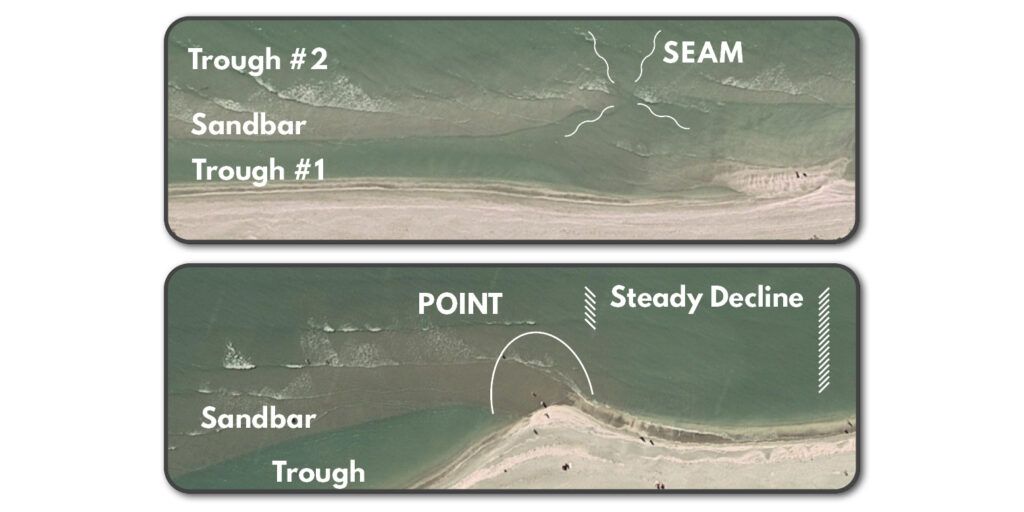
Understanding the behavior of waves and tides can significantly enhance your surf fishing experience. Fish often gather in areas where waves break, creating pockets of baitfish and other prey. Look for sandbars, troughs, or rips, which can concentrate fish and make them more accessible to anglers. Additionally, pay attention to the tides, as certain species tend to be more active during incoming or outgoing tides.
Locating Fish Hotspots
While surf fishing, it’s essential to identify areas where fish are likely to be present. Keep an eye out for signs of feeding activity, such as birds diving into the water or fish breaking the surface. Structure, such as jetties, rock formations, or piers, can also attract fish. Experiment with different locations along the beach until you find the hotspots where fish are actively feeding.
The Best Time to Surf Fish
Timing plays a vital role in surf fishing success. Many fish species are more active during low-light conditions, such as dawn and dusk. Plan your surf fishing trips accordingly, and consider factors like weather patterns and moon phases, as they can influence fish behavior. Remember, some species have specific seasonal migration patterns, so research the target fish’s preferred time of year for the best results.
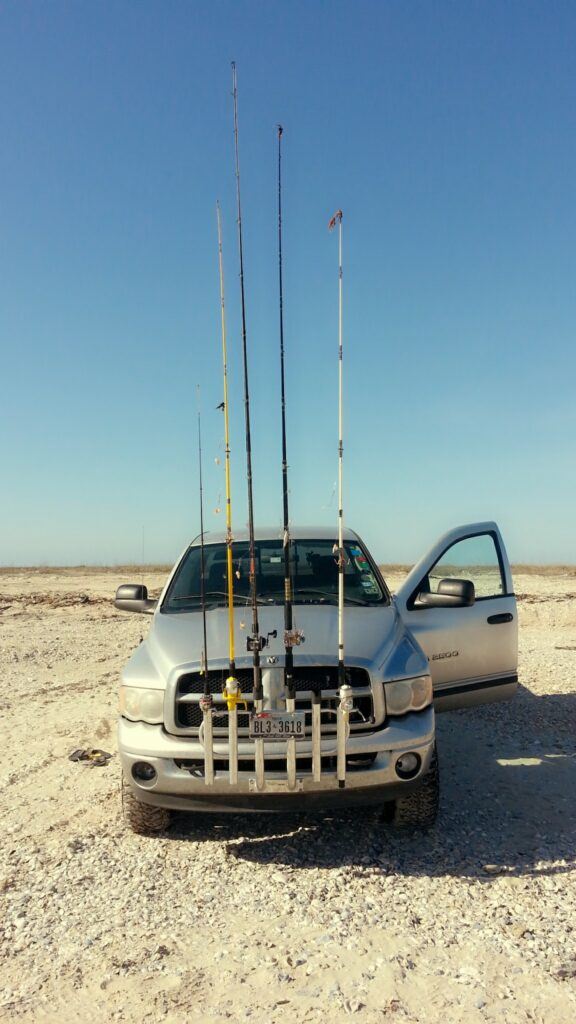
Essential Surf Fishing Gear:
- Surf Fishing Rods, surf rods are typically longer and heavier duty than standard rods. – read more.
- Surf fishing Reels,larger and stronger with greater line capacity to handle big fish. – read more.
- Surf fishing Rod and Reel Combos, pre-matched rod and reel set ups for surf fishing – read more.
- Sand Spike Rod holder, holds your rods securely while you wait for that big bite. – read more.
- Surf Fishing Rigs, terminal tackle for fishing the surf. – read more.
- Surf fishing Carts, for beaches that won’t allow vehicles you need a way to carry your gear – read more.
- Rod Racks for Vehicles, carry your rods out of harms way and easy to access- read more.
- Beach Camping Gear, in case you want to fish all night or for several days – read more.
One of the most common ways to fish the surf is with a long (10-15) foot rod and heavy-duty spinning or casting reel. You can check out my recent post on surf rod and reel combos here. These are used to fling large live or cut baits along with heavy sinkers, long distances out into the surf.
Then the rods are placed in holders either attached to vehicles or driven into the sand at the waters edge.
The long rod is needed for casting those large baits and heavy weights a long distance, and also to keep your line up and out of the wave action breaking on the beach.
Once the lines are out, the waiting and anticipation begins.
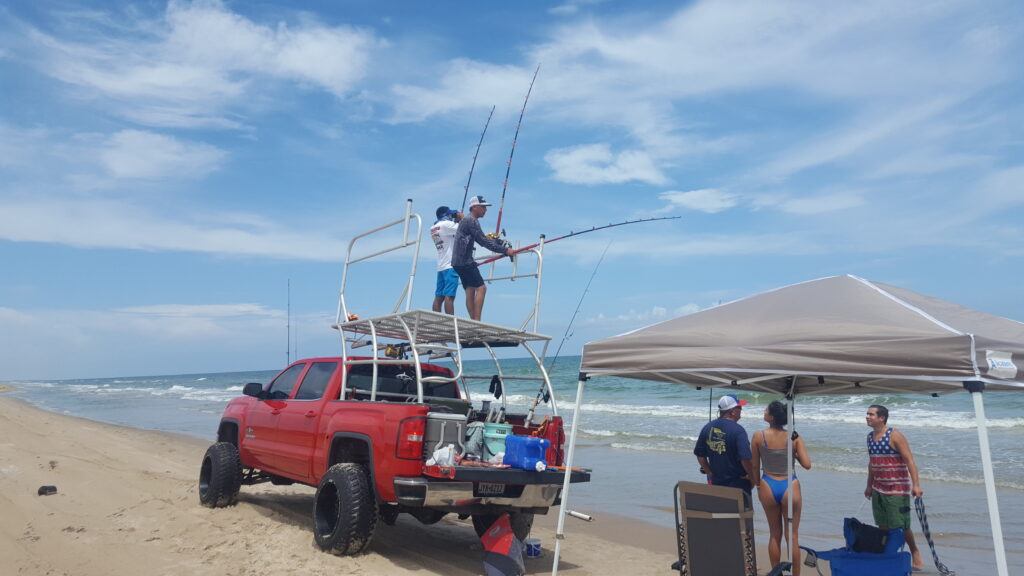
What can you catch?
Now that you’ve got your bait in the water, what can you expect to catch? That of course, will vary dependent on several factors, including region of the county, east coast vs west coast, and time of year. When you’re deciding on a beach to fish, it’s a good idea to search the local area for fishing forums and message boards, as well as local bait/tackle shops. You’ll find the fishing community is very friendly and helpful, and you can get great relevant information that will help you plan your trip.
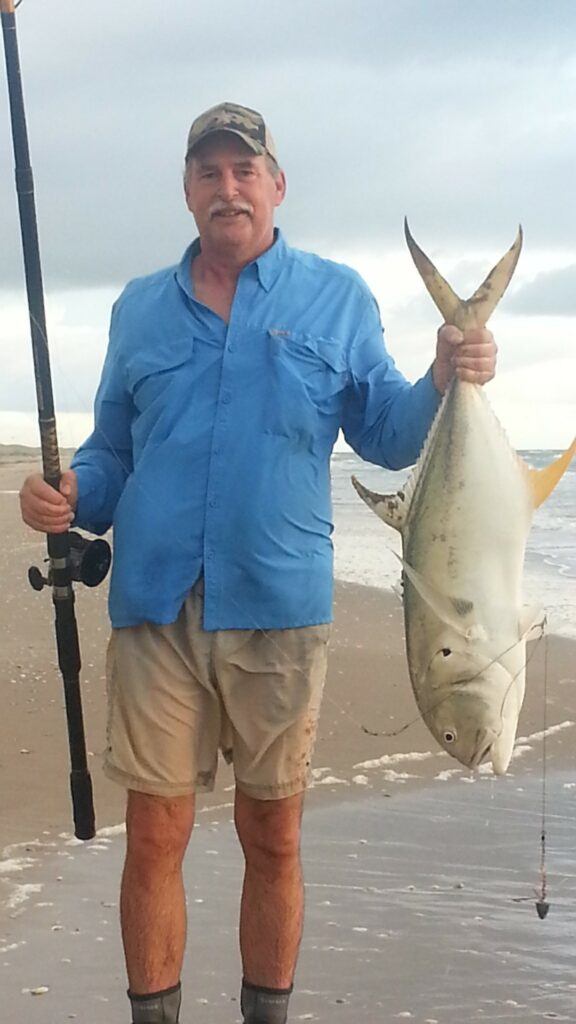
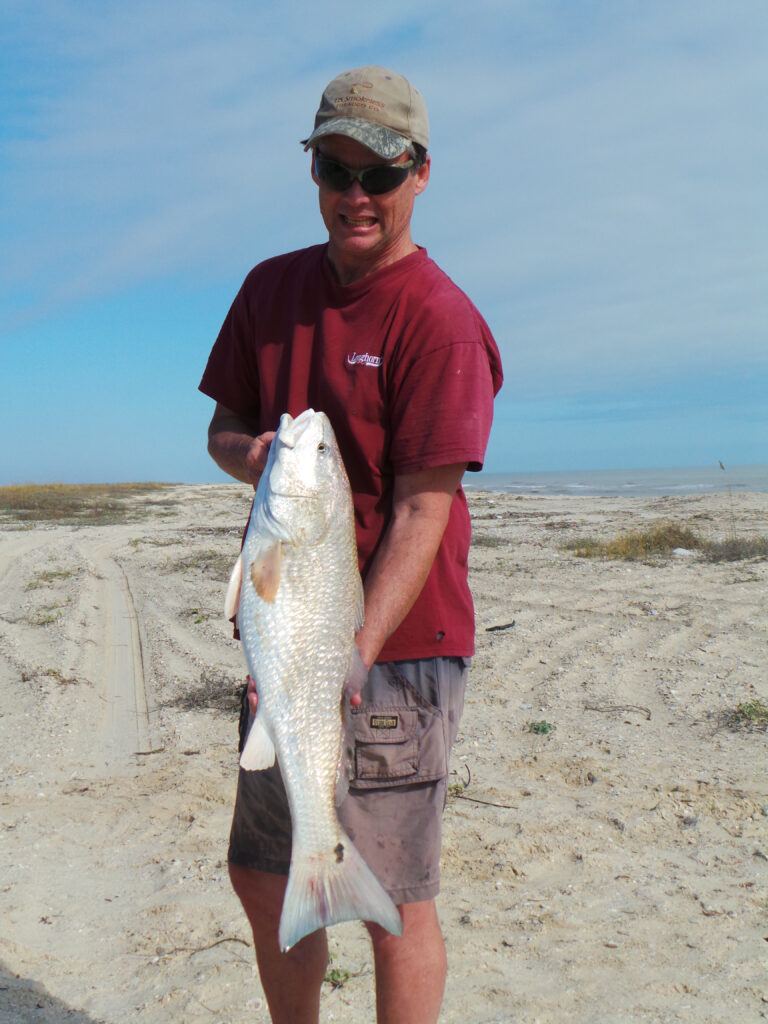
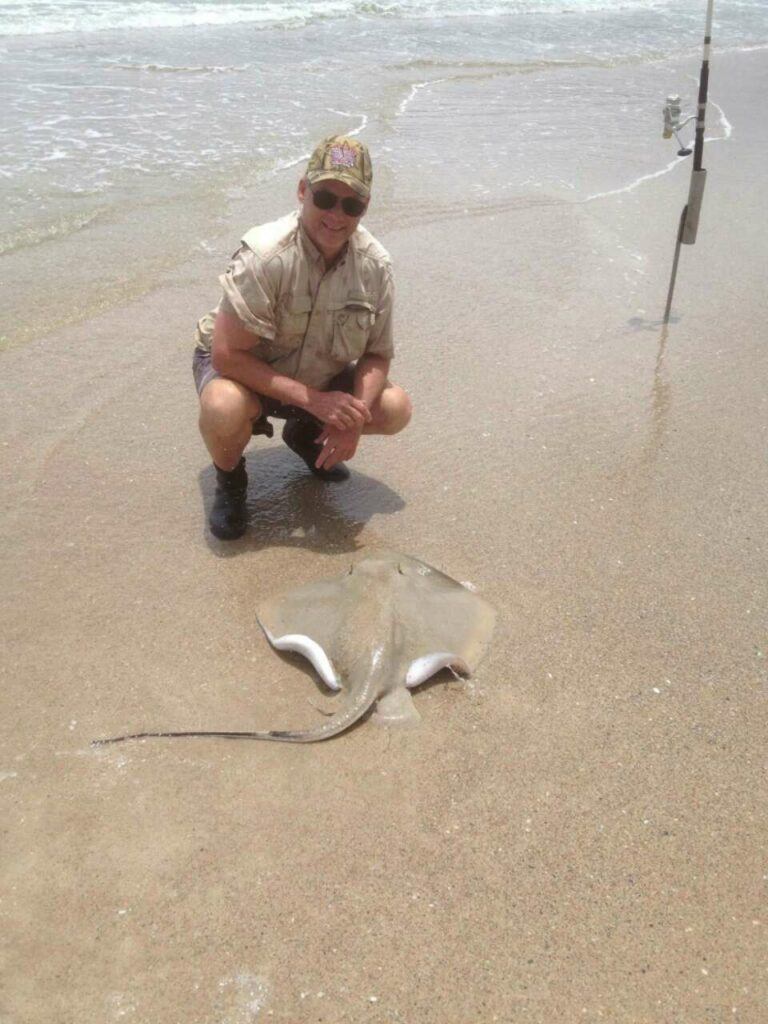
Remember, this is where the ocean meets the land. There are some very large predators at times wandering the surf. Along the Gulf and Atlantic coasts of the eastern US you can find everything from bull reds and black drum, bluefish, stripers to Spanish and king mackerel to various sharks species.
The Pacific Coast has some great surf fishing for surf perch, corbina, croaker, mackerel, queen fish, halibut and leopard sharks just to name a few.
The earth being mostly water, for the world traveler, this means thousands of miles of beaches to explore and fish. Sounds like a bucket list item to me:)
What ever your eventual surf fishing destination, you just never know what might grab your line. From small perch to large sharks, get ready to hold on and have a blast.
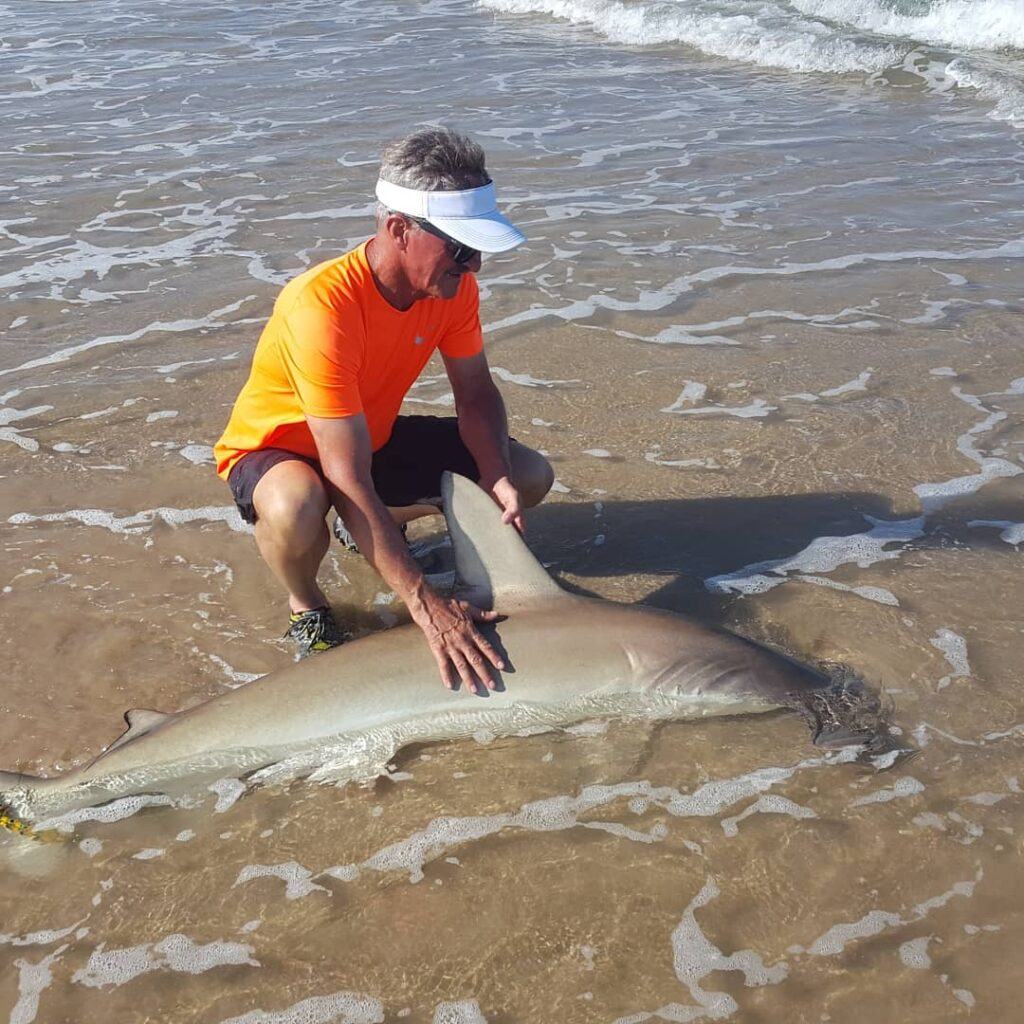
Take the whole family
The great thing about fishing the beach, is you can include the whole family. There’s something for everyone. Swimming, surfing, and floating. Sun bathing, building sand castles, beach combing and kite flying. Then of course, great fishing opportunities as well.
Always remember, the family that plays together, stays together. Plus, it’s a lot nicer to take them along than to hear the complaints when you take a trip to the beach and leave them behind. Trust me on that, I know from experience. 😉
Most public beach destinations will have a variety of options for accommodations. Everything from motels in town to beach house rentals right on the beach front.
Do a little research, get the family involved in this as well. Then you can plan a trip with something for everyone and make for some lifelong memories at the beach.

Frequently Asked Questions About Surf Fishing
Where is the best place to go surf fishing?
The best places for surf fishing vary depending on your location. Look for beaches with a reputation for good fishing, such as popular fishing destinations or areas known for specific fish species. Local fishing reports and online forums can provide valuable insights on prime surf fishing spots.
What types of fish can I catch while surf fishing?
Surf fishing offers a diverse range of target species. Common catches include striped bass, redfish, bluefish, flounder, snook, and pompano. However, the specific fish available will depend on your location in the world, and the time of year.
Do I need a fishing license for surf fishing?
Yes, in most cases, a fishing license is required for surf fishing. Check the fishing regulations in your area to determine the specific license requirements and any exemptions for residents or certain age groups.

What’s the best time of day to surf fish?
The early morning and late evening hours are generally considered the best times for surf fishing. During these periods, fish tend to be more active and feeding closer to shore. However, it’s always worth experimenting with different times of the day to see what works best for you.
Can I use live bait for surf fishing?
Absolutely! Live bait can be highly effective in enticing fish to bite. Sand fleas, shrimp, mullet, and other small baitfish are commonly used in surf fishing. Just ensure you adhere to any regulations regarding the collection or use of live bait.
How far should I cast my line when surf fishing?
The casting distance will depend on various factors, including the target species, prevailing surf conditions, and the layout of the beach. As a general guideline, aim to cast beyond the breaking waves and into deeper water where fish are likely to be. Practice your casting technique to maximize your distance while maintaining accuracy.
Do your research and pack your bags
Don’t keep putting it off. Try something new. You’ll have a great time and I’m betting you’ll be hooked once you try surf fishing. I’ve covered more on tips and tactics etc. in my other articles please check them out and if you have any comments or questions let me know in the comment section below. You should also check out some fishing forums and message boards from coastal areas you think you might like to try.
You’ll pick up a lot of good information and advice and probably make a few new friends. Who knows, you might even run into some of them when your surf fishing. There is a great introductory surf fishing course by Randy Meyers. He’s been surf fishing for over 40 years, qualifying him for the label “old salt”. His course will give you a good tried and true tips and techniques to start you on your surf fishing adventures. You can read my full review of Randy’s surf fishing course here:
Always remember, safety first. If you’re going to wade fish the surf, please wear a life jacket (PFD). The currents along the beach front can be strong and can sweep you off your feet and out to sea. There is no fish on the planet worth drowning over.
Have fun, enjoy the journey, safe travels, good fishing and try to leave it cleaner than your found it. If you have any comments, questions, ideas or suggestions, please leave them in the comment section below and I will get back to you asap. Follow us on Facebook: Rex The Beach Angler, Instagram: thebeachangler7, Twitter: @AnglerBeach, and YouTube: Man Art Creations.
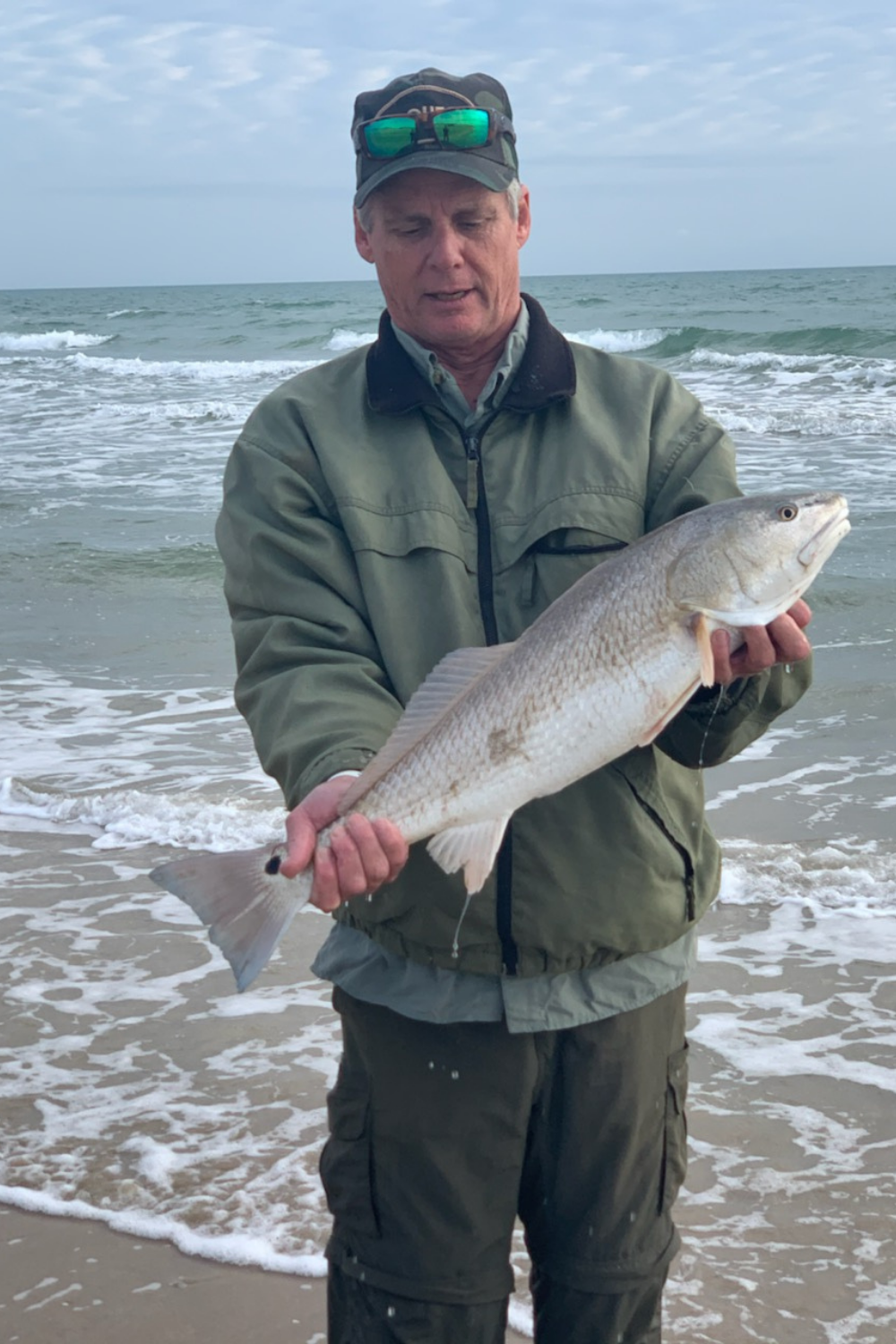
A life long surf fisherman with 50+ years of experience, I am also an avid hunter and outdoorsman. I will be sharing my passion for the outdoors with you so be prepared for hunting, fishing, camping, hiking and more. Along with gear reviews and the latest trends and innovations in the outdoor industry.
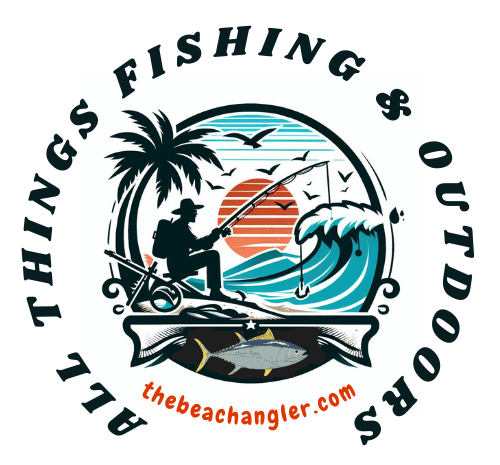
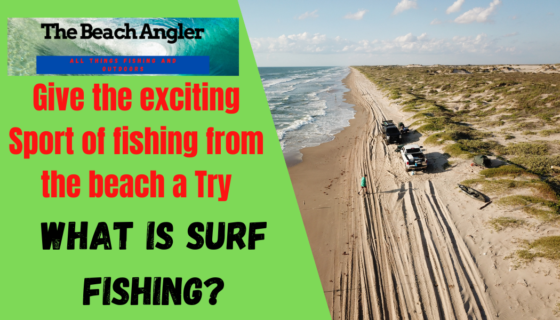
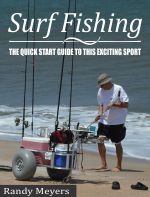

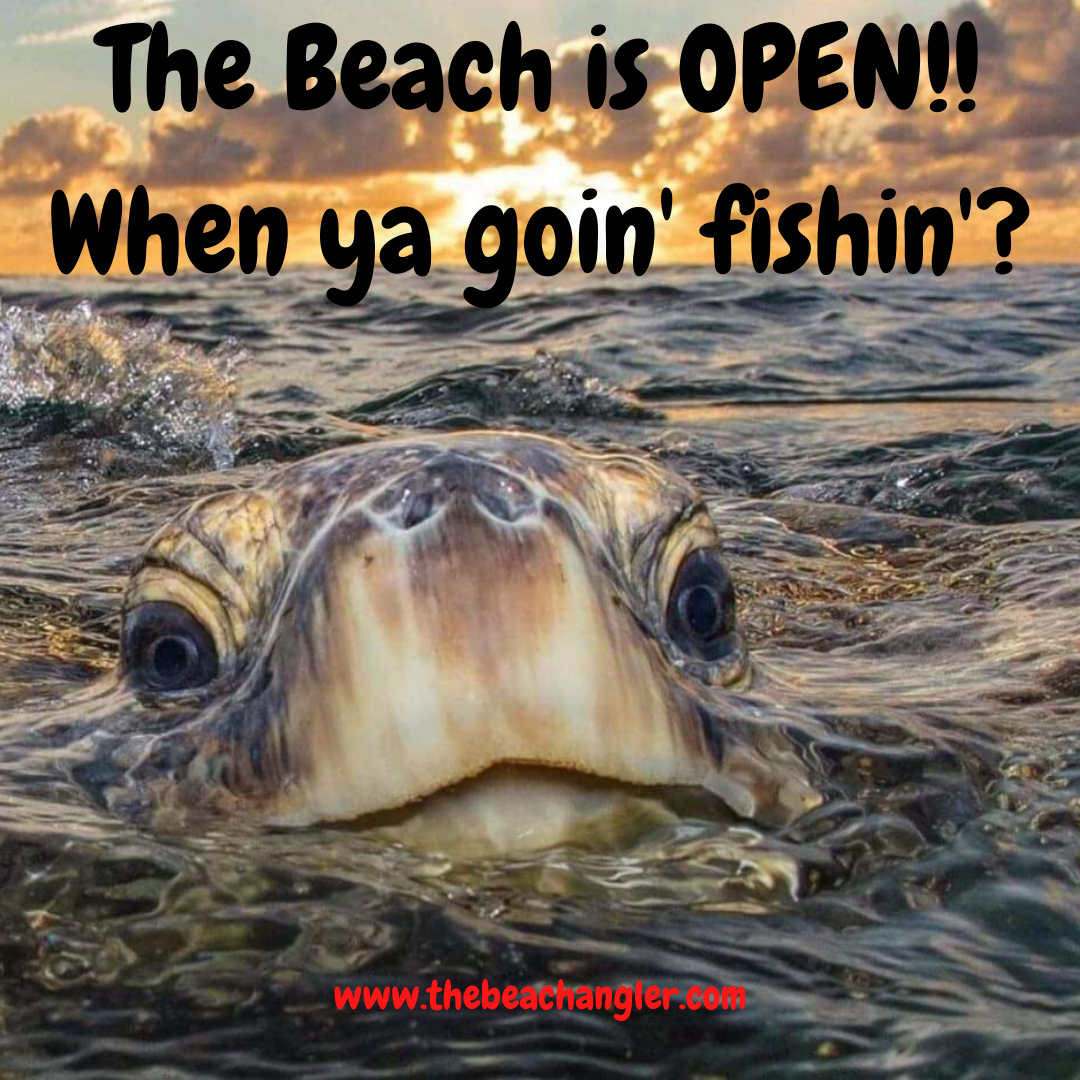
Wow, surf fishing sounds awesome and something I’d like to try. It seems more exciting than other kinds of fishing too!
The only kind I have tried is river fishing (though only once or twice) and I never even got a nibble ha ha. Must be doing something wrong!
I live in the UK and I’m not sure I have ever seen anybody doing this on our beaches. I’m wondering if this is because we have different species of fish here that just don’t come that close to the surf, or maybe the British sea is just to cold to stand in, even in waders. I’m thinking the latter. 🙂
Hi Stefanie,
I’m sure the cold water might deter some from fishing your beaches, but there are fish there to be caught I assure you. There are some long distance casting techniques that will get your bait out to the fish and you can keep yourself dry and out of the water. Have a great day in the UK